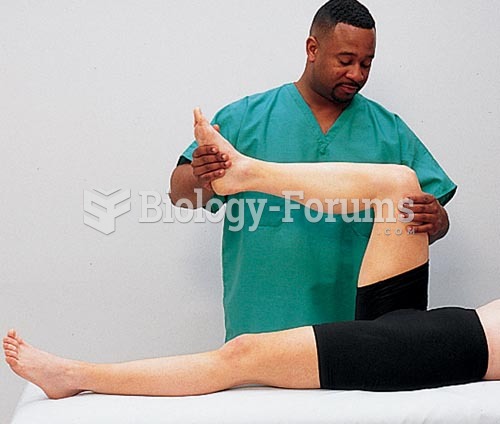|
|
|
According to the National Institute of Environmental Health Sciences, lung disease is the third leading killer in the United States, responsible for one in seven deaths. It is the leading cause of death among infants under the age of one year.
More than 4.4billion prescriptions were dispensed within the United States in 2016.
The longest a person has survived after a heart transplant is 24 years.
Pubic lice (crabs) are usually spread through sexual contact. You cannot catch them by using a public toilet.
In the ancient and medieval periods, dysentery killed about ? of all babies before they reach 12 months of age. The disease was transferred through contaminated drinking water, because there was no way to adequately dispose of sewage, which contaminated the water.







